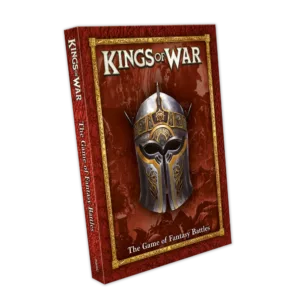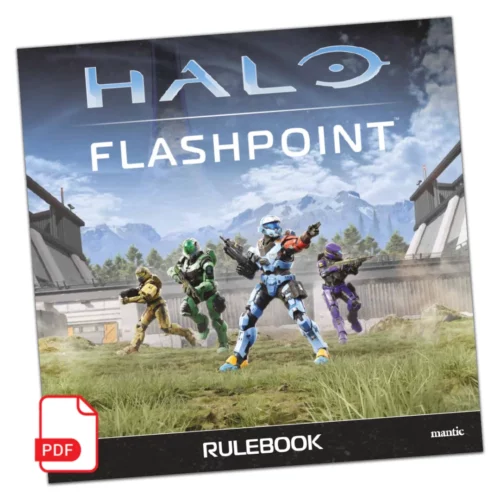Kings of War – How To Play Series – How To Start a Game
10th Oct 2022
Martin Thirlwell
Hi, Kyle here with another week of How To Play blogs. Today we focus on how to start a game of Kings of War (including what Scout means)
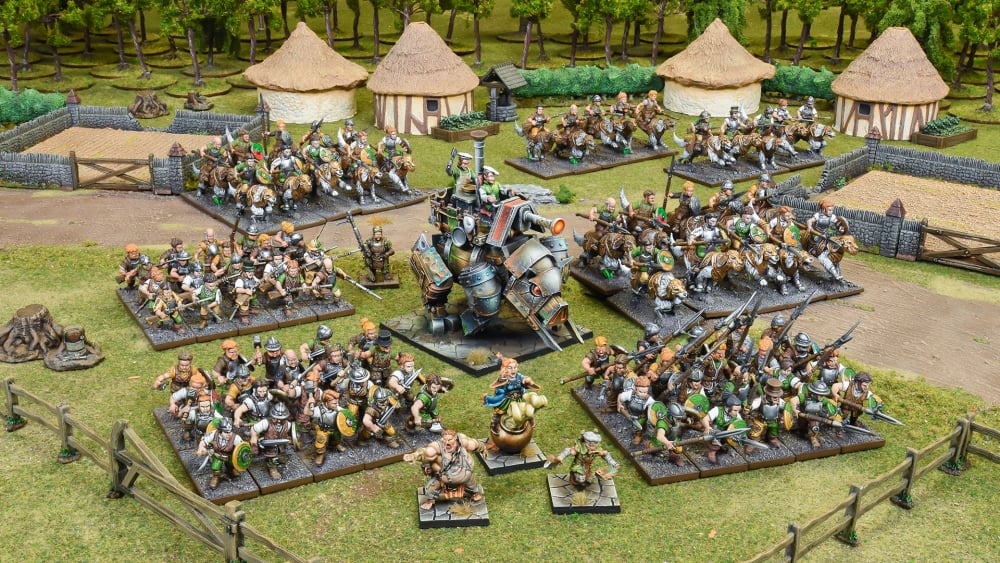
Now that you have an army ready to go, it’s time to start playing!
The first step in starting a game of Kings of War is to agree with your opponent on several key factors. These bits are critical elements of balanced and fun gameplay. If you are playing in a tournament, the Tournament Organizer will usually provide these for you.
1 Agree on Points Level
The point system in Kings of War is designed to make balanced encounters regardless of what faction, upgrades, magical artefacts, or spells you are playing with. You and your opponent should choose a force, set a point limit, such as 2000, and build a list that comes to no more than that total. The point system is always a factor of 5, meaning there’s no chance that one player will end up with 2001 points. It should be very easy to meet the exact agreed upon point level. If you find yourself coming up short, the most common practice is to look at magical artefacts or spells to bump you up to the total.
2 Gaming Area
A standard game of Kings of War is played on a 6’X4’ table. This is a good size space for point levels of 1500-2500.
Games of Ambush! will take place on a 3’X3’ space.
Legendary Games can be played on even larger surfaces and leave a lot of room open for the mass of 3000+ point forces.
As Kings of War is primarily about movement and positioning, make sure your force list and table size allow you to manoeuvre and play the scenario strategically, regardless of what game format you are playing.
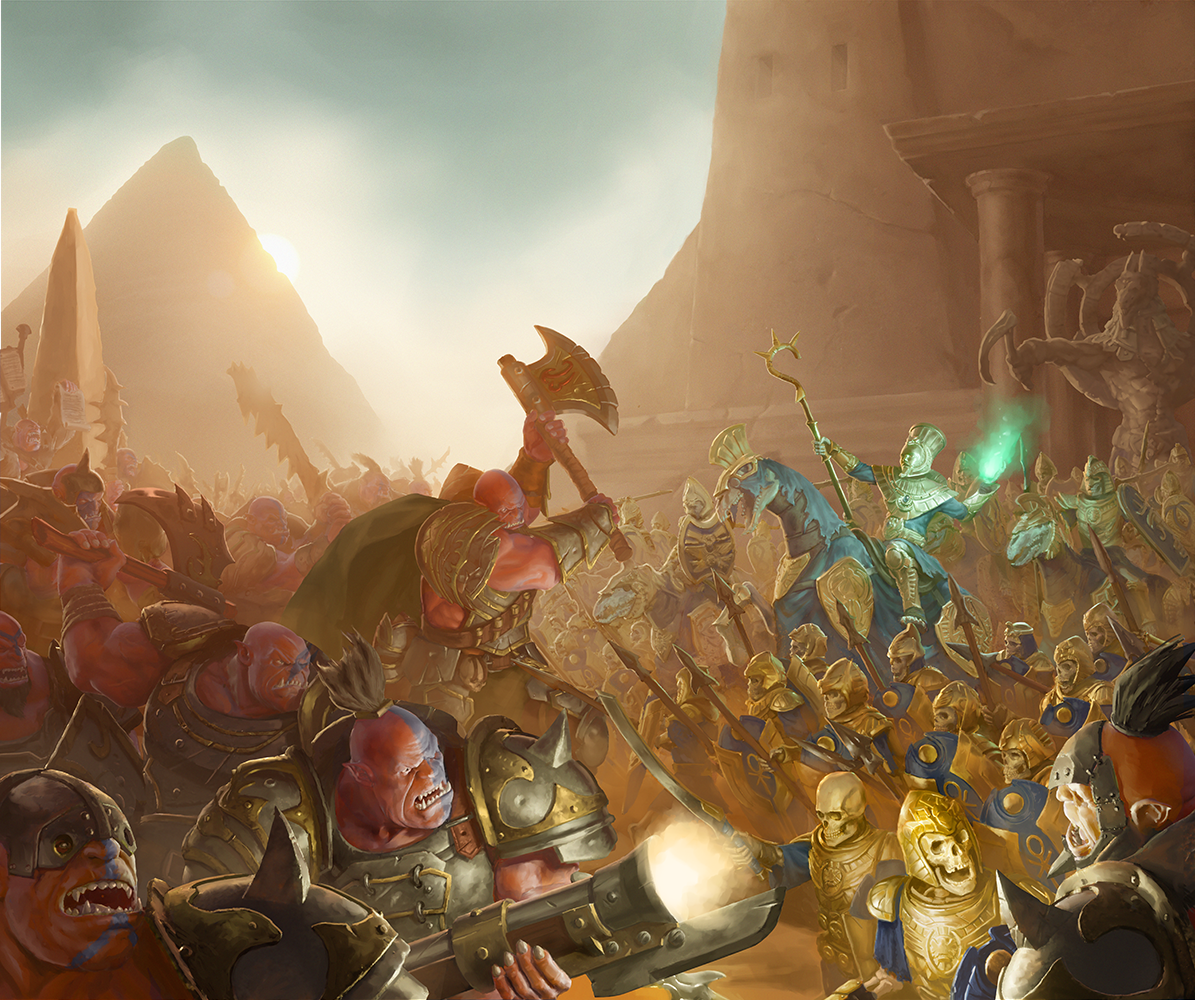
3 Pick a Scenario
Game Scenarios are a huge part of the experience. These determine the conditions that define how each game is won. Players are encouraged to formulate their strategy and even list building with Scenarios in mind.
There are twelve different ways to play a standard game. Each of these rewards a different style of gameplay. Ultimately, they are broken down into 4 victory conditions.
- Objectives: Controlling a marker on the board with a unit in close proximity. These do not move and can be won by a unit with Unit Strength within 3” as long as they are not contested.
- Pillage
- Raze
- Fool’s Gold
- Smoke & Mirrors
- Salt the Earth
- Tokens: Obtaining and possessing a token, such as a Loot Counter at the critical moment of victory. These tokens move with your unit and can be carried across the board. They have unique stipulations, so be careful which units choose to take them.
- Loot
- Push
- Plunder
- Zone Control: These scenarios require your army to position your units into specified parts of the battlefield by the end of the game. Having more Unit Strength in each of the areas than your opponent means you control the area.
- Dominate
- Invade
- Control
- Kill: Does what it says on the tin. Rout as many of your opponents’ units as you can while trying to keep your units alive. Often in tournaments, a separate score called “Attrition” will keep a running total of the points of units you have routed throughout the event.
- Kill
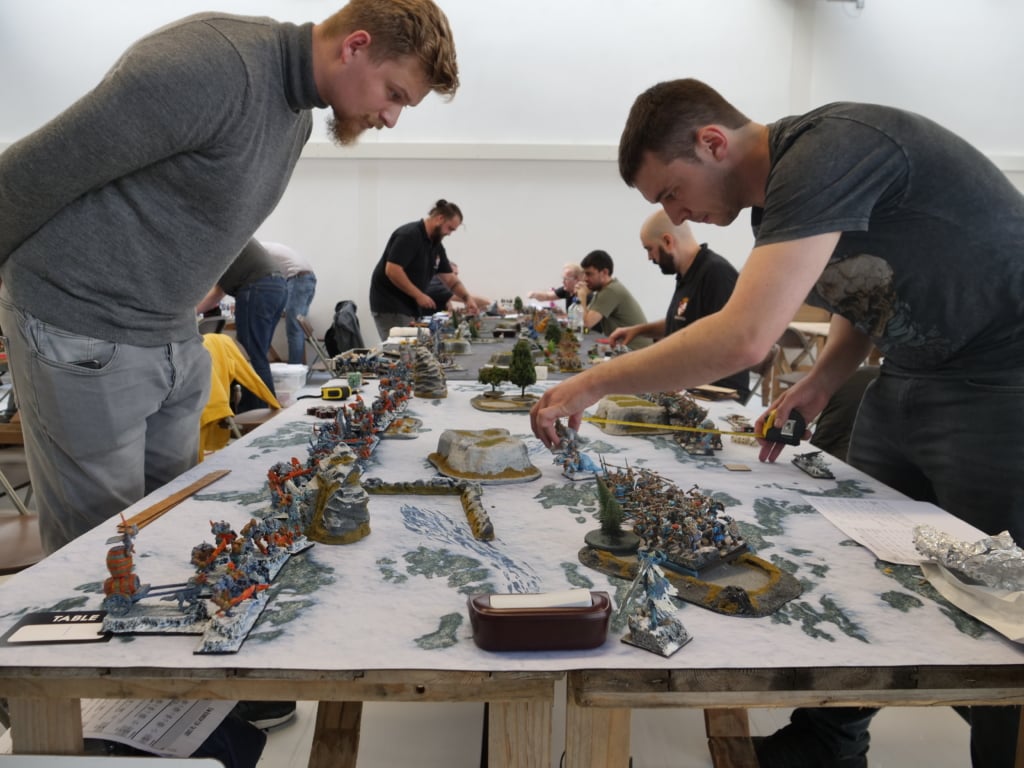
4 Set up Terrain
Now that you have a table area and a scenario, you need to set up terrain. These are elements of gameplay your units can interact with on the board. They will help you make strategic decisions and clever use of them will be rewarding. The rulebook will show you what each terrain type does for gameplay. You should aim to place terrain in a way that is balanced between both players and uses multiple elements of each type of terrain. Terrain in itself can help balance the encounter. Providing cover from shooting units, or difficult terrain for hard hitting melee ones allows natural defenses to exist against certain strategies.
5 Deployment
With the table set up and the scenario determined, now you can deploy your forces. Both players will roll a D6 to determine the table side. Keep your eyes peeled on the board edge you favour and go for it on this roll.
Once decided, players will alternate placing a single unit at a time from their army, within their deployment zone. This single step can determine a lot of your success or failure in the encounter. Paying close attention to the scenario and how your units will approach it is far more important than watching what your opponent is doing. Just be sure not to lose sight of the nasty Giant they have waiting for you behind a hill.
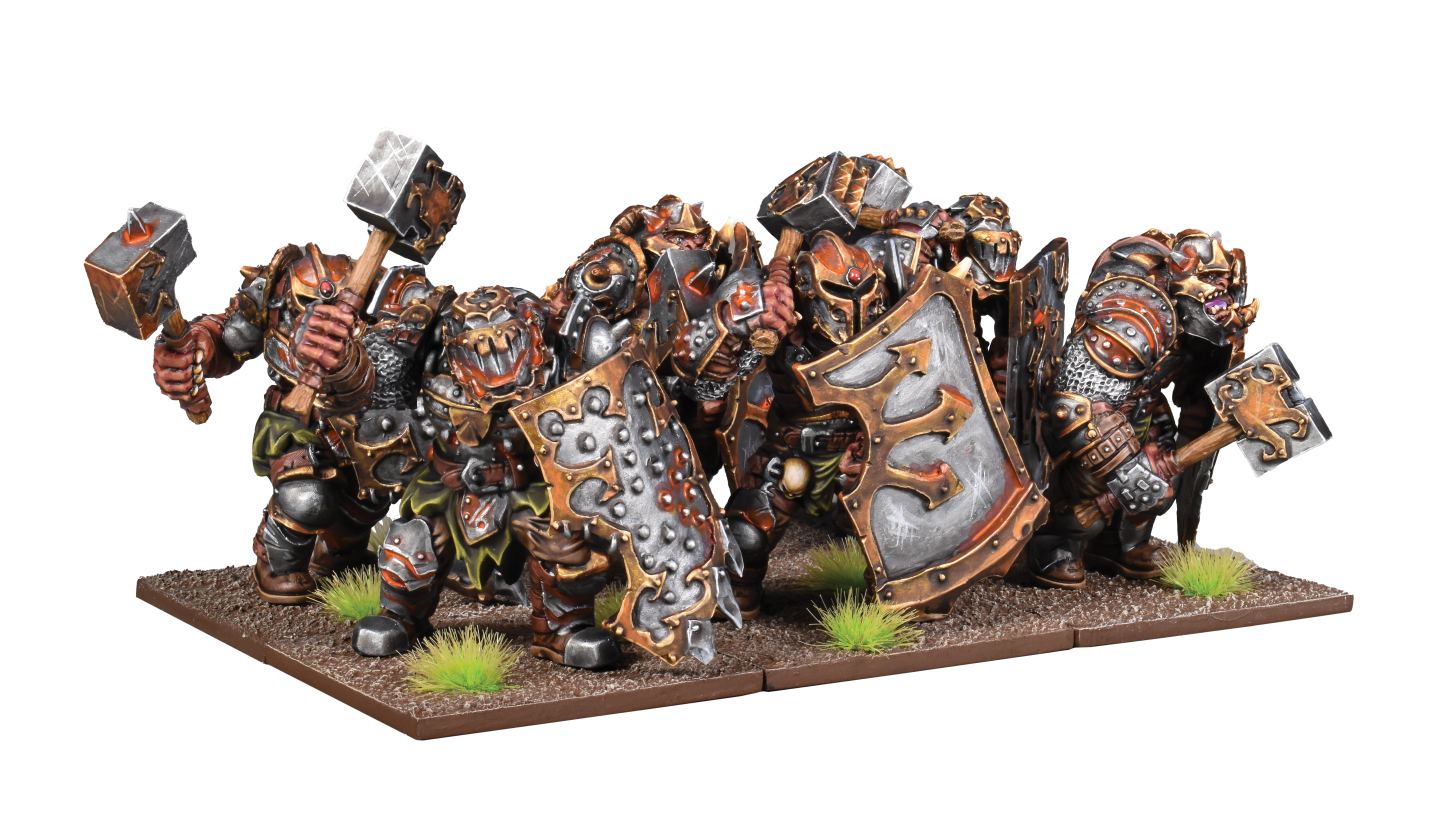
6 Scout Moves
Some unit types will have a special rule called Scout. This allows them to move before the game begins. Think of these unit types as a way to get an early advantage on certain elements of the game. Shooting units for example can be deployed at the absolute top of the 12” deployment line but as the field has a 24” gap, even enemy units right across from you cannot be shot without first moving. Scout allows units to get a free move that does not penalize them before the game begins. Be careful though! You’re now potentially closer to the enemy and you still don’t know who is going first.
If both you and your opponent have units with Scout, roll off to see who will move their unit first. Players will then alternate moving these units until all of them have been moved.
7 First Turn
With everything set up, you’re ready to begin. Players will each roll off to see who chooses to take the first turn. There’s plenty of debate on whether going first or second is more advantageous. The advantage can change depending on the scenario. Going first allows you to dictate a lot of the battlefield angles, especially in early gameplay. In objective games, if you’re going second, you get the last say in where units end up going at the bottom of the turn. So, choose carefully!
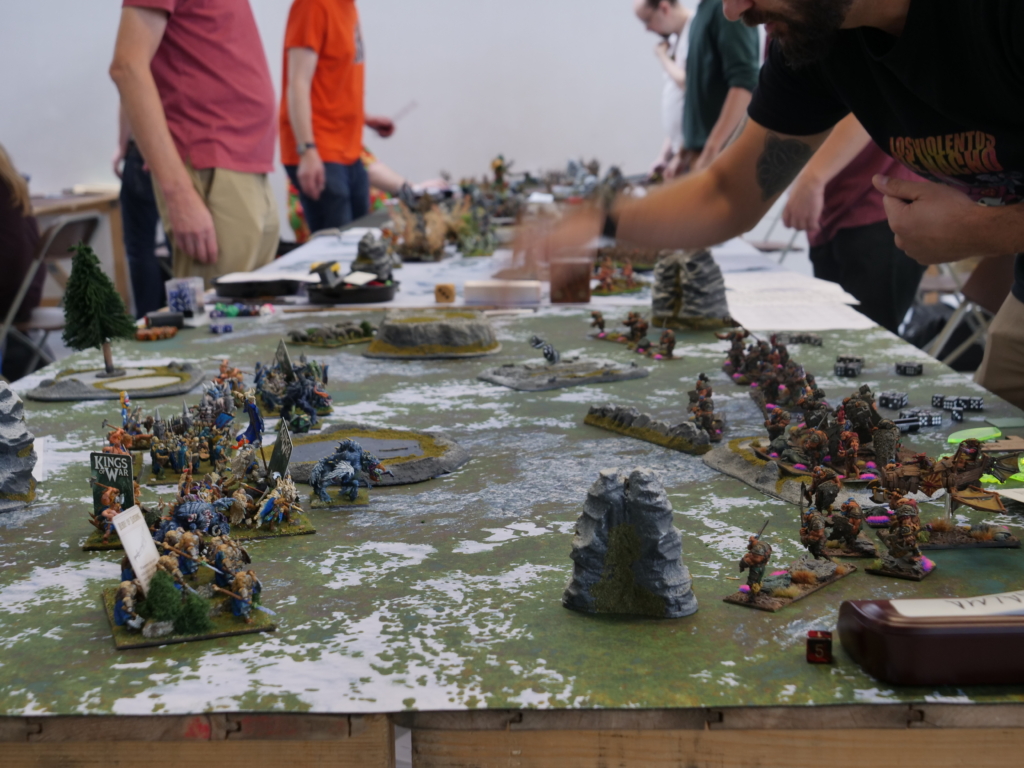
Now it’s time for the real fun to begin. Coming up next, we will start discussion on the various phases of the game and how they work.

 GBP
GBP  EUR
EUR  USD
USD 